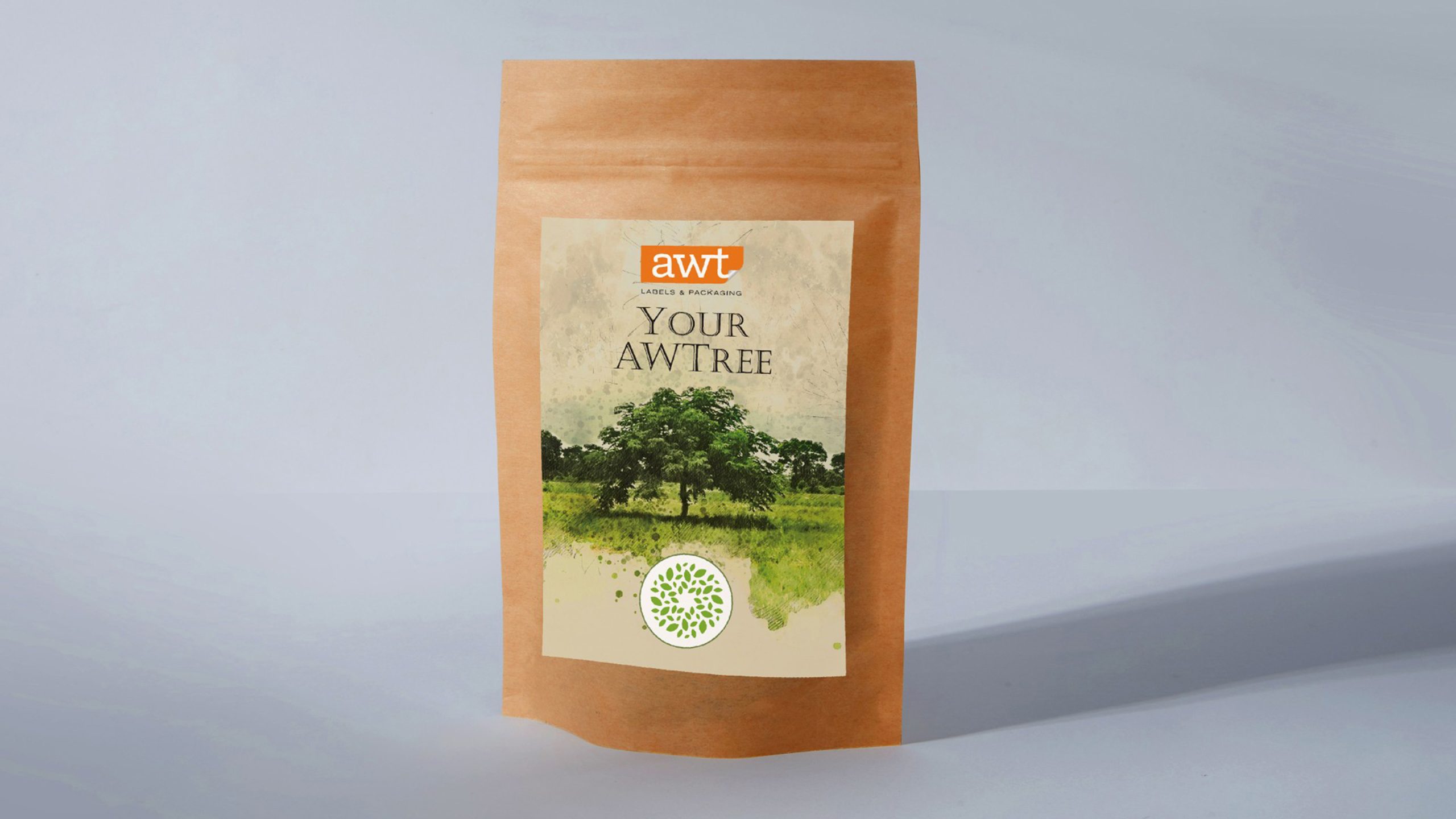When it comes to security and product packaging integrity, there is not a market or industry where ensuring the most stringent practices is of utmost importance. Whether dealing with consumer goods, the wine and spirits industry, technology industries (and many more), tamper evident labels have proven time and time again to be effective against counterfeit materials and packaging.
Within the medical industry alone, counterfeit surgical materials have become more of an issue than what one might initially think. When we consider a common, yet sometimes serious surgical procedure–like a common hernia repair–the importance of having FDA approved materials used is paramount for patient safety.
Not long ago, the FDA sent an email alert describing counterfeit hernia mesh that had been discovered in the US healthcare system. It’s an area of growing concern that even physicians, not just medical suppliers, are becoming aware of.
A key factor in combatting this issue is the inclusion of security features–like tamper evident labels–to help reduce the risk of fraud and ensure the highest medical grade materials are safely used. Having an additional level of security provided by a well designed tamper evident label on the package can make the counterfeiting that much more difficult. In the actual FDA alert mentioned above, the very first criteria that’s used to describe a non-compliant device was, “a packaging seal that does not tear open smoothly”.
Tamper evident labels are counterintuitively simple. There is a distinction here to be made regarding tamperproof versus tamper evident. Nothing is tamperproof, waterproof, or perhaps even foolproof. The goal is to make it evident and obvious that someone has attempted to breach the package to get at what’s inside. This is done by either the label fracturing, delaminating, or leaving a gooey mess where it was on the package, or the adhesive bonding with the package substrate, to the point that it destroys the package material if removal is attempted.
The most basic illustration of this concept is the simple price sticker on a product that can’t be removed in one piece. This is epitomized when a package like a premium beverage, pharmaceutical, or any electronic device requires significant effort to open. This highlights a critical point with medical device packaging: It has to be tamper evident yet easy for a surgical team or operating staff to open, use, and additionally offer an instant way to identify whether a package has been tampered with. The original tear tab or tear strip was developed as a result of physician complaints. The simple round or rectangular destructible label worked sufficiently enough, but its removal required either a fingernail (tough when a medical professional is wearing surgical gloves) or the use of a scalpel which then had to be discarded. The simple label is also alarmingly easy to copy and fake. However, tamper evident or tamper indicating labels are simple and reliable for surgical personnel to open.
There are issues that can complicate the medical device tamper evident package label, and can be loosely grouped under sterilization, package conditioning, label function, and standard ASTM 4169 packaging test compliance. Certain films commonly used for tamper evident seals fail under gamma radiation testing, nor do well at the higher accelerated aging and conditioning temperatures sometimes used with validating. Additionally, using the tamper evident label to hold together a SBS folding carton filled with a double barrier package, a warranty card, and a thick manual can be challenging enough with attempting to comply with ASTM 4169 certification.
Finally, when a label is placed on a package, there needs to be clear instructions about where it is to be placed on the edge of the box. Tick marks are often printed to aid in this process. These labels typically have a reinforced peel area with small nicks to make sure the peel is reliable and secure. If it’s lined up incorrectly it can tear prematurely.
In practice, there are many nuances to consider, but the above noted factors are a good starting point. Additional levels of security can be added – like adhesive void components, holograms, color shift inks, etc., but the basic version seems to function well, and has been well received in the medical device marketplace.
Whether we’re considering an operating room, grocery store, construction zone, or consuming our favorite drinks, the inclusion of tamper evident labels can pay large dividends when product integrity is of utmost importance.






